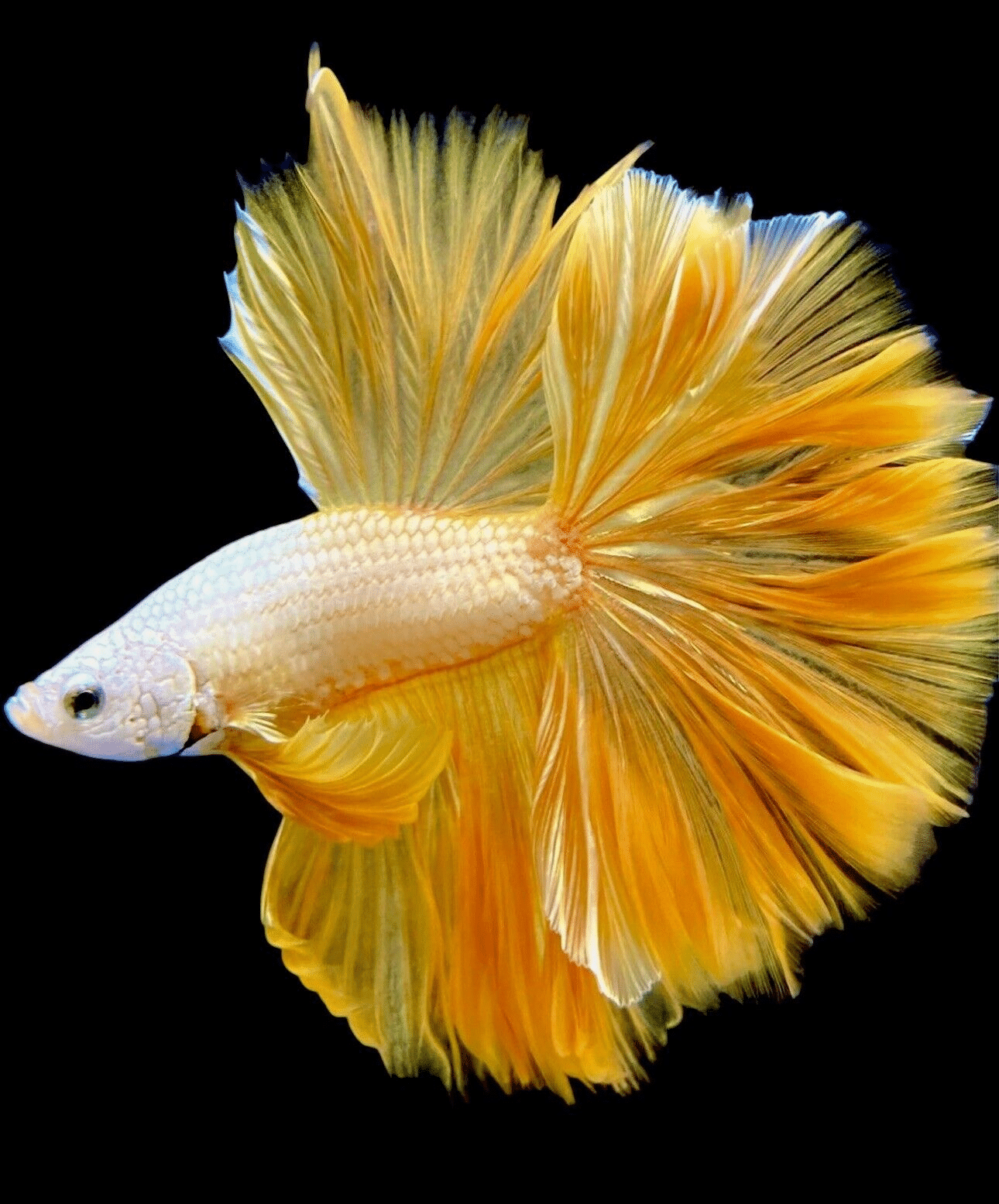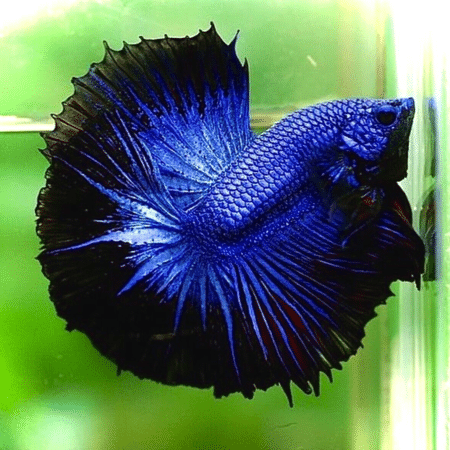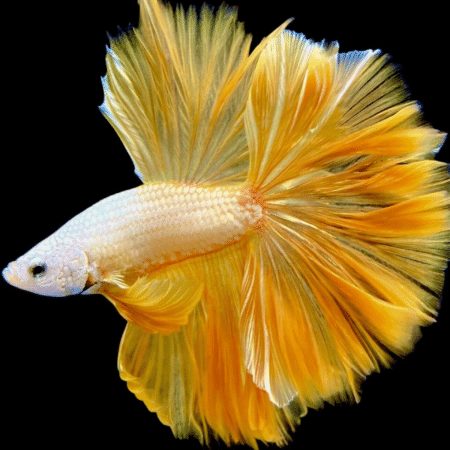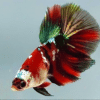To provide the best experiences, we use technologies like cookies to store and/or access device information. Consenting to these technologies will allow us to process data such as browsing behaviour or unique IDs on this site. Not consenting or withdrawing consent, may adversely affect certain features and functions.
The technical storage or access is strictly necessary for the legitimate purpose of enabling the use of a specific service explicitly requested by the subscriber or user, or for the sole purpose of carrying out the transmission of a communication over an electronic communications network.
The technical storage or access is necessary for the legitimate purpose of storing preferences that are not requested by the subscriber or user.
The technical storage or access that is used exclusively for statistical purposes.
The technical storage or access that is used exclusively for anonymous statistical purposes. Without a subpoena, voluntary compliance on the part of your Internet Service Provider, or additional records from a third party, information stored or retrieved for this purpose alone cannot usually be used to identify you.
The technical storage or access is required to create user profiles to send advertising, or to track the user on a website or across several websites for similar marketing purposes.
 Purple Vampire Crab - Geosesarma Dennerle - Decapod Crustacean
1 × £7.74
Purple Vampire Crab - Geosesarma Dennerle - Decapod Crustacean
1 × £7.74 


















Emily Carter (verified owner) –
I recently purchased the ‘Stunning Halfmoon Male Betta Fish’ and I couldn’t be more thrilled! As a caring fish parent, I understand the importance of choosing the right fish for my aquarium, and this betta has exceeded my expectations. Its vibrant colors and flowing fins are truly breathtaking. After two weeks of adapting to its new home, I’ve noticed such a lively personality. It flares beautifully at the slightest movement, which adds so much character to my tank!
What really sets this fish apart from others I’ve had is its apparent health. It arrived with clear fins, vibrant colors, and an active demeanor, which I attribute to the great care taken in its shipping process. My previous bettas seemed more prone to stress and illness, but this one appears genuinely happy and healthy.
I would highly recommend this betta to both new and experienced aquarists who appreciate a stunning fish that enhances any tank. Just be mindful of their temperamental nature; a smaller tank is best to avoid overwhelming them. Overall, this purchase has been a delight, and I’m looking forward to seeing how it grows! Would definitely buy again!